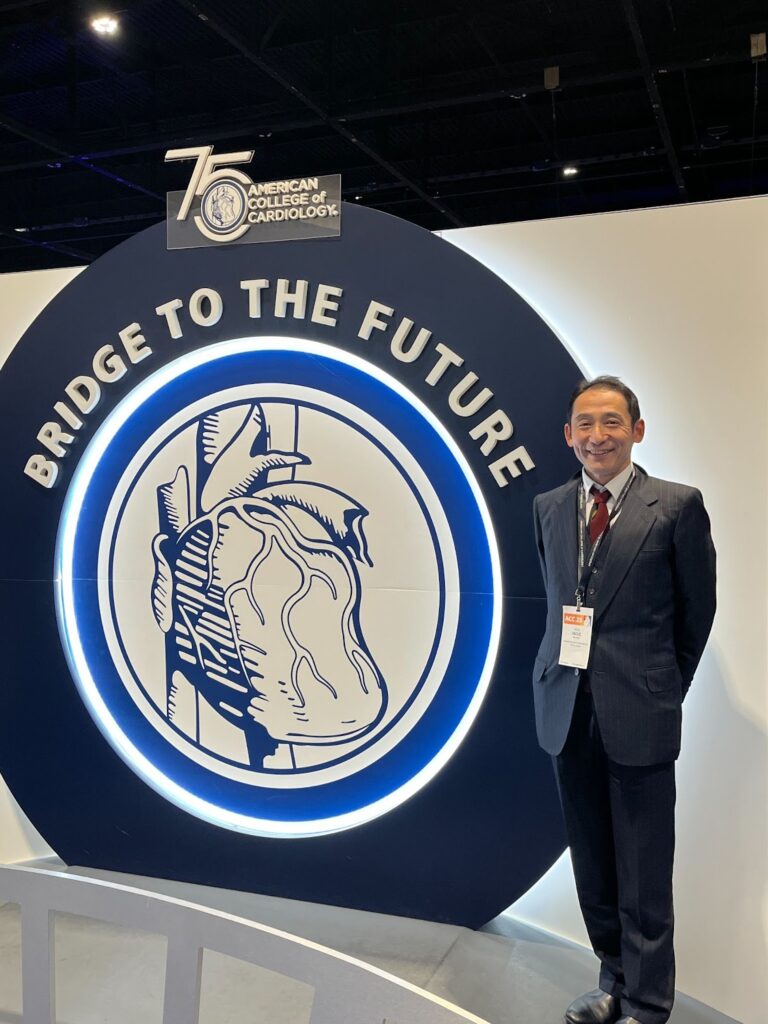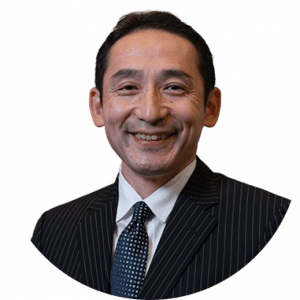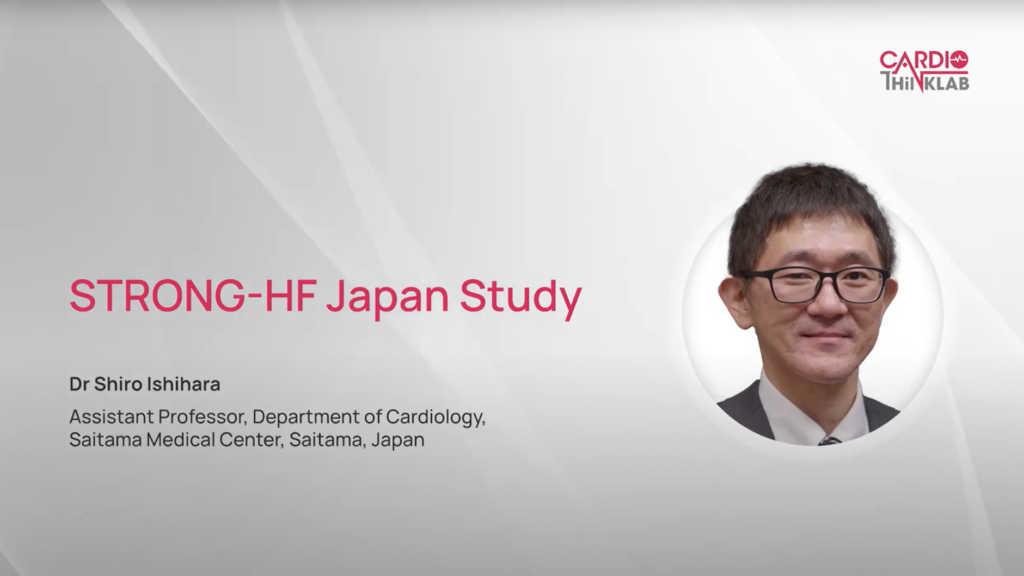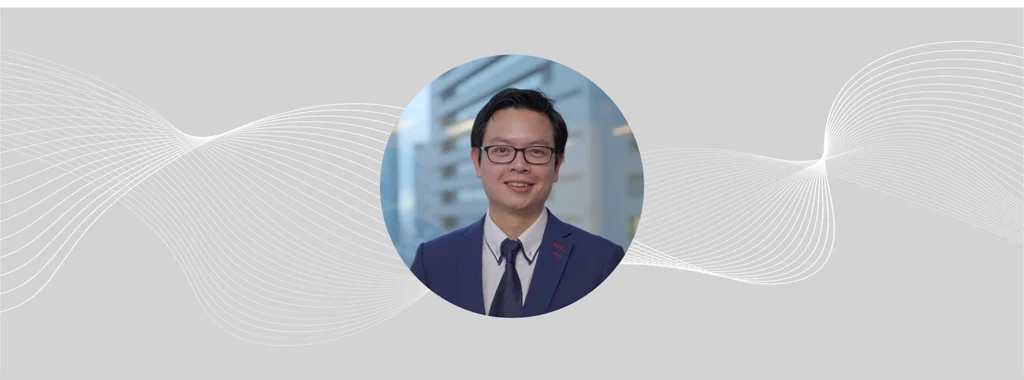
Main article:
The following article is based on an interview conducted with Dr Kenji Inoue on 5 April, 2025.
Following the recent presentation of the late-breaking DROP-Asian ACS trial at the ACC conference 2025, Dr. Kenji Inoue, a Cardiologist of Juntendo University Nerima Hospital, Tokyo, discussed the trial’s critical role in addressing disparities in cardiac care across the Asia Pacific (APAC) region related to the management of patients with Non-ST-Elevation Myocardial Infarction (NSTEMI). Dr. Inoue highlighted the absence of a unified approach, stating, “In the Asian Pacific area…we do not have an integrated guideline, which can cover all Asian countries”
A primary motivation for the study was the significant variation in mortality rates for NSTEMI within Asia. “For example, in China, South Korea, or Singapore it is just around four percent. In Japan, it was two percent…But, unfortunately, in some Asian areas, especially southern areas like Malaysia, Thailand, and Vietnam, unfortunately, it was twelve percent. So six times higher than Japan,” Dr. Inoue explained. “That is why, I would like to implement a 0/1-h algorithm to improve the mortality rate of patients with NSTEMI in Asian countries,” he added.
Additionally the 0/1-hour high-sensitivity troponin algorithm offers distinct advantages, particularly in tackling “emergency department congestion,” a pressing issue in many APAC nations resulting in overuse of resources, increased burden on healthcare systems and poor outcomes.1 “Once they can implement the 0/1-h algorithm, you can…improve the emergency department congestion,” Dr. Inoue observed.
However, implementing this newer algorithm in the study, which contrasts with the more familiar 0/3-hour algorithm posed challenges. “Most doctors were not familiar with the 0/1-h algorithm. So that is why, that’s the most challenging factor,” he recalled. To address this, extensive education was undertaken. “I planned every other month’s meeting using Zoom…to educate not only doctors, but also paramedics,” Dr. Inoue stated, also mentioning monthly reports to motivate participating institutes.
The interim results from the DROP-Asian ACS study are encouraging. The 0/1-h algorithm2 group showed a MACE rate of 1.4% compared to 1.7% in the usual care group, supporting its non-inferiority. Dr. Inoue emphasized a key finding: “Once you can stratify the patients into a rule-out group, none of the patients had a MACE (the composite of all-cause death, myocardial infarction, unstable angina, or unplanned revascularization within 30 days- emphasizing the safety of implementation of the 0/1-h algorithm)1, actually…fifty percent were stratified into a rule-out group”. Dr Inoue noted “Furthermore, the average length of stay in the emergency department was “just a hundred sixty minutes,” a figure closely consistent with previous research.3
Looking forward, Dr. Inoue intends to publish the full study results and is confident in the algorithm’s sustained adoption. “I believe once you can understand the value of the algorithm, it is not such a big problem to continue the algorithm in your work,” he concluded.
Find out more about DROP-Asian ACS Study Design here. The study results have not yet been published. Only the interim analysis was shared at ACC 2025.
Interview Transcript:
Hi, my name is Kenji Inoue from Jutendo University Nerima Hospital,Tokyo, Japan.
- What was the objective of initiating DROP Asian ACS? What are the advantages of 0/1 hr algo as compared to conventional methods to triage chest pain patients in the ED?
In Europe or the US, they have a great cardiology conference, like, European Society of Cardiology or American Heart Association. But in the Asian Pacific area, we do not have an integrated conference. Of course, the Asian Society of Pacific Conference is a great conference, but, what I want to say is that we did not have an integrated guideline, which can cover all Asian countries.
And, actually, especially the mortality rate of a Non-ST elevation myocardial infarction is pretty different. I mean, for example, China, South Korea, or Singapore are just around four percent. In Japan, it was two percent. This data is just within five or six years. But, unfortunately, in some Asian areas, especially southern areas like Malaysia, Thailand, and Vietnam, unfortunately, it was twelve percent. So six times higher than Japan.
That is why, I would like to implement a 0/1hr algorithm to improve the mortality rate of patients with non-ST elevation MI in Asian countries. So this is my motivation and the reason to start the study.
And what are the advantages of the 0/1hr algorithm? Another problem in Asian countries is just emergency department congestion.It really depends on the health care system, in each country it’s different. But in some countries like Taiwan or Malaysia, it’s too crowded, too busy. But, that is why, once they can implement the 0/1hr algorithm , you can reduce the emergency department. You can improve the emergency department congestion.
That is why, I’d like to hope the 0/1hr algorithm will be implemented in Asian countries.
- What specific challenges did you face in adapting the trial procedures to accommodate the diverse healthcare systems and practices across the APAC region, and how were these challenges overcome?
In 2021 we conducted this study. So at the time, each country’s guideline recommended using the 0/3hr algorithm. Therefore, most doctors were not familiar with the 0/1hr algorithm. So that is why, that’s the most challenging factor.
And fortunately, every doctor try to understand the 0/1hr algorithm and just implement the 0/1hr algorithm in hospitals. Outcome is just, fortunately, 1.4% of the major at most cardiac event, which includes the cardiovascular deaths, non fatal MI, myocardial infarction, and unexpected PCI at the thirty days after discharge. In the usual care group it was 1.7%. Actually, there is not such a big difference. But, this study is just a plan of the non inferiority analysis. And based on the generalized analysis, 1.4% lower in the usual care than the usual care. So we can demonstrate this, at least the non inferiority to our usual care.
- What measures were taken to ensure that all trial sites had the necessary resources and training, and how was the ongoing support managed throughout the trial?
As I said, basically, they are not familiar with the 0/1hr algorithm at first. Therefore, I planned every other month’s meeting using the Zoom. And then sometimes I had the opportunity to educate not only a doctor, but also, paramedics to teach the algorithm itself, and, also, I explained how effective it is if you implement the algorithm into your institute. And, also, I sense that, I think that the monthly report to all the institutes to encourage and motivate them to continue this study.
- What are the critical considerations and best practices when implementing a new assay or pathway to ensure successful adoption and integration into existing clinical workflows?
I think it’s better to ask the institute about this question. But at least in a hospital, we started to use the algorithm just almost ten years before, and every doctor for the algorithm, especially the resident or ED physicians, so they prefer the 0/1hr algorithm.
- How has the collaboration with the industry at the global, regional, and local levels contributed to the success of this trial, and what does this signify for future collaborations in the APAC region?
First of all, I have to publish the paper about the result of the DROP Asian study. And then after that, maybe, each staff at Roche will try to expand the paper, maybe.
Of course, I don’t mind going anywhere to report the result of the study. And once you understand the 0/1hr algorithm is effective in your institute, automatically, they continue to use the algorithm. Because, actually, the result of the study is that once you can stratify the patient into a rule-out group, none of the patients had a MACE, actually. So far, we collected almost four thousand cases, and, fifty percent were stratified into a rule-out group – none the patient will make a diagnosis of NSTEMI.
And, also, length of stay in the emergency department was average was just a hundred sixty minutes, which was consistent with previous report by doctor Rafael Twerenbold with the author of the 0/1hr algorithm. So that is why I’m assured this data is so robust. That is why you can stratify the patient easily by knowing the numerical values, And, also, you can reduce the emergency department congestion. That is why I believe once you can understand the value of their algorithm, it is not such a big problem to continue the algorithm in your work.














